European Commission Grapples With Influx Of Ukraine Grain
Authored by RFE/RL staff via OilPrice.com,
-
September 15 ends temporary measures allowing certain Ukrainian agricultural products to pass through five EU countries, which was instated due to border closures and oversaturation concerns.
-
Russian interference with Ukraine’s Black Sea trade has shifted a bulk of the agricultural trade routes toward the European Union, affecting local markets.
-
Options for easing trade pressures include improving the EU-Ukrainian border facilities, utilizing Baltic ports for exports, and a potential €600 million compensation for Kyiv.
The European Commission is facing tricky decisions in the coming weeks over the influx of Ukrainian agricultural products into the European Union. September 15 marks the end of the so-called temporary preventive measures that have allowed wheat, maize, rapeseed, and sunflower seed from Ukraine to transit through Bulgaria, Hungary, Poland, Romania, and Slovakia. All four of those commodities must remain “unsealed” until they reach other EU member states — ideally to EU ports to be shipped on to developing nations around the world. These measures came about in early May after Poland, then Hungary, Slovakia, and Bulgaria unilaterally shut their borders to all Ukrainian exports a month earlier, complaining that a glut of Ukrainian agricultural goods was filling up local storage and depressing prices for local farmers.
The European Commission scrambled for a solution that would satisfy the five frontline states (the above-mentioned four plus Romania) while being acceptable for Kyiv. There was also a need to ensure that Ukrainian agriproducts reached third countries, notably in Africa and Asia, that have reported food shortages.
Moreover, there was evident interest in safeguarding against major distortions on the EU’s internal market — something that the European Commission is officially in charge of. That’s a lot of circles to square, and Brussels’ solution in early May was to agree to preventive measures regarding the four products for the five frontline countries for one month, plus financial compensation for their farmers.
In June, the measures were prolonged with the understanding that they would be phased out on September 15 and, in a separate decision, the EU approved the extension by another year of a tariff-free regime with Ukraine covering all Ukrainian products entering the bloc.
Deep Background
Now the five frontline EU member states are pushing for an extension until the end of the year.
You have crucial parliamentary elections in Slovakia on September 30 and in Poland on October 15, and farmers are an important and influential constituency in both countries.
The European Commission does have some understanding for the five, and numbers back up their worries.
Before 2022, EU agricultural imports from Ukraine totaled 7 billion euros, and 90 percent came via the Black Sea route.
By 2022, that figure had risen to 13 billion euros and 5 billion of the additional 6 billion euros of goods ended up on the markets of the frontline EU states.
The big culprit here is, of course, Russia, which has severely hampered Ukraine’s lucrative Black Sea trade.
Since the outbreak of the war, 40 percent of Ukrainian grain has been exported via the Black Sea Grain Initiative that expired in July after Russia opted not to renew it.
Drilling Down:
-
Ukraine obviously wants the temporary measures removed on September 15 but finds itself in a difficult situation when it comes to its agricultural products. Only 3 percent of the products that are currently transported via the EU’s solidarity lanes instead of the Black Sea route are being shipped from the EU to third countries. There simply aren’t many global buyers for such expensive goods. Italy, the Netherlands, and Spain have instead increased Ukrainian imports, especially of maize, which is vital to feeding livestock and boosting meat production.
-
The EU is also investing to the tune of 1 billion euros to improve the Solidarity lanes — and to reduce the costs for Ukrainian traders. The most obvious remedies include removing bottlenecks on various EU-Ukrainian border crossings by streamlining customs services, improving roads leading to the crossing, and increasing personnel there. But such measures take time to implement.
-
The Baltic states have suggested easing the administrative burden on the EU-Ukrainian borders by shifting customs, veterinary, and phytosanitary controls to five Baltic ports (Tallinn, Riga, Ventspils, Liepaja, and Klaipeda), which have a combined annual capacity of 25 million tons. Croatia has also suggested using its Adriatic ports in a similar way.
-
Currently, the most likely scenario is a prolongation of the preventive measures, judging by indications I’ve gotten from EU officials. And not only that. The frontline five want more products, including eggs and poultry, added to the four types of goods already listed.
-
The European Commission has so far indicated there is no great influx from Ukraine of eggs or poultry. Raspberries, however, might be added after what one European Commission official described to me as a “drastic increase” in the EU market.
-
The European Commissioner for agriculture, Janusz Wojciechowski, recently floated the idea of compensating Kyiv along with any extension. Noting that EU transit costs around 30 euros per ton and Ukraine needs to export around 20 million tons of food produce in the coming months, the European Commission would offer 600 million euros to Kyiv.
-
This would act as a sort of economic subsidy to Ukrainian traders to enable the transport of grain all the way to EU ports. Ukraine would reportedly consider such an option, but it’s unclear whether the entire European Commission would agree to the compensation.
-
Expect that some sort of solution will be forthcoming as early as this week, especially given that a working platform set up in May to tackle the issue comprising relevant officials from the five frontline states, Ukraine, and the European Commission will discuss the issue in Brussels on September 5 as the bloc’s agricultural ministers are meeting in the Spanish city of Cordoba on September 4-5.
Turkey, which was key to the 2022 initiative that was struck to alleviate the global food shortage by opening trade from a handful of Ukrainian ports, has been working hard to resuscitate the deal. President Erdogan was expected to push for its renewal during a planned meeting with Russian President Vladimir Putin in Sochi on September 4.
There’s a question, however, as to whether Russia is interested in a renewal. By strangling the Ukrainian Black Sea option, which normally allows for larger and cheaper worldwide exports with huge cargo ships compared to transporting overland in the EU, Russia has seemingly outmaneuvered an important trade competitor and made its own grain cheaper and more lucrative worldwide.
Tyler Durden
Wed, 09/06/2023 – 07:20
via ZeroHedge News https://ift.tt/kRcwieW Tyler Durden



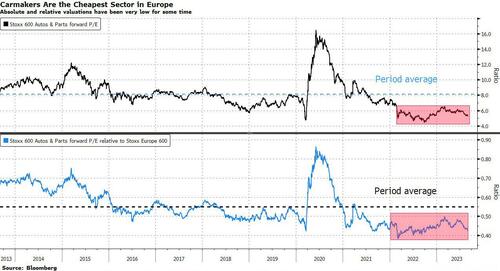
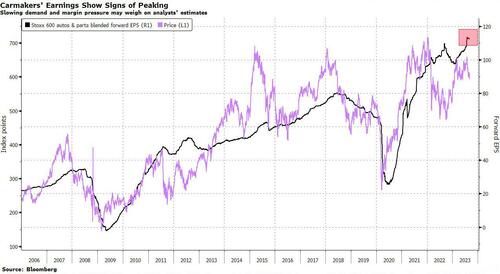
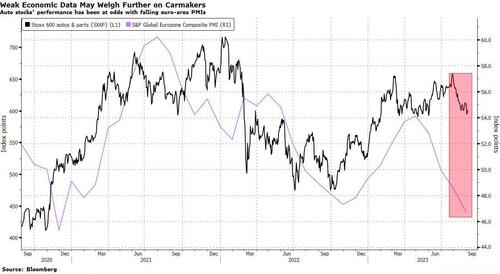
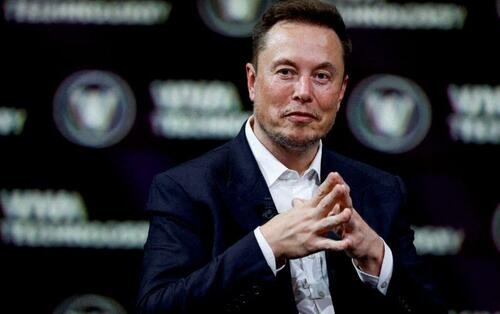


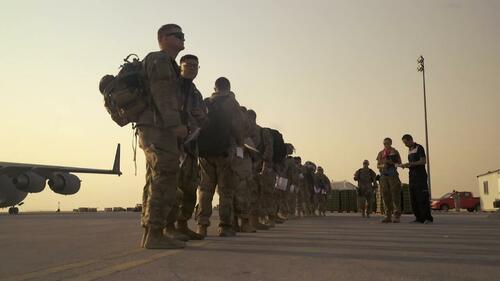

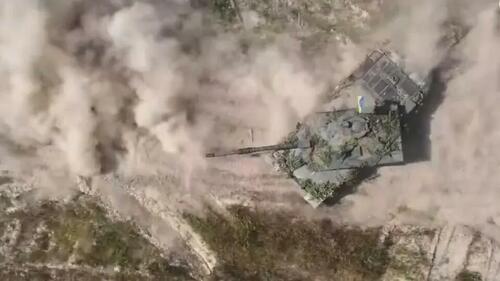
 The first shots of the destroyed British tank Challenger 2. TG channels write that the video was shot near Rabotin in Zaporizhia.
The first shots of the destroyed British tank Challenger 2. TG channels write that the video was shot near Rabotin in Zaporizhia.  It is important to note that this may not only be the first shots, but also the first case of the destruction of a Challenger tank in the world.…
It is important to note that this may not only be the first shots, but also the first case of the destruction of a Challenger tank in the world.… 
 MALMO, SWEDEN
MALMO, SWEDEN 
 Demonstrators shout Allahu Akbar while flipping car (left video) before setting it and others on fire (right video) as protests against Quran burning turn into violent (and stupid) riots in Swedish city of Malmo.
Demonstrators shout Allahu Akbar while flipping car (left video) before setting it and others on fire (right video) as protests against Quran burning turn into violent (and stupid) riots in Swedish city of Malmo.
